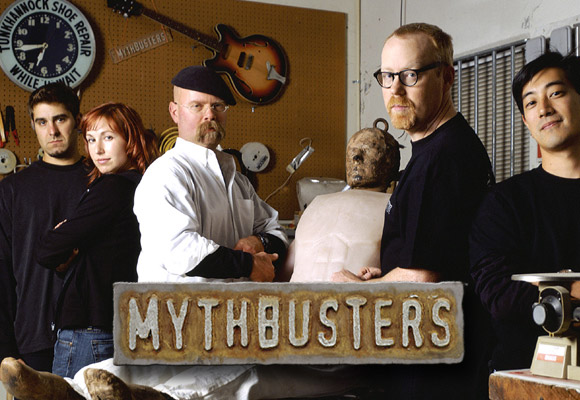Using the approach of the popular Discovery Channel TV show MythBusters to seek the truth based on research, experiential knowledge, and history, consider the following leadership myths busted! For more leadership myths that I’ve busted, read on in my book: Transforming Your STEM Career Through Leadership and Innovation and as featured this week on ELSEVIER CONNECT’s article 8 Myths of Leadership Busted by a STEM Leader.
Myth #1: Leadership is a rare skill.
Nothing can be further from the truth as this skill is present and demonstrated in almost everyone in one environment or another. While great leaders and recognition of tremendous leadership feats may be rare, everyone has leadership potential. More importantly, people may be leaders in one organization (i.e., professional societies, social organizations) and have quite ordinary roles in another (i.e., within one’s work environment). The truth is that leadership skills are present at varying degrees in almost everyone. The degrees to which we develop those skills and apply them to the environments that matter to us determine the degree of leadership that will be realized.
Myth #2: Leaders are born, not made.
Don’t believe this for a minute. The truth is that major capacities and competencies of leadership can be learned. We all have the capacity to learn, grow, and improve if the basic desire to develop is present.
Myth #3: Leaders are charismatic.
Some are, most aren’t. Charisma is a useful tool but, in some cases, it is the result of effective leadership, not the other way around. When charisma is coupled with character, those who have it are granted a certain amount of respect and even awe by their followers, which increases the bond of attraction between them.
Myth #4: Leadership exists only at the top of the organization.
Leadership, leaders, and leadership opportunities, both formal and informal, exist at every level of the organization. The larger the organization, the more formal leadership roles it is likely to have in order to address the needs at varying levels and functions of the organization; however, in smaller organizations there may actually be more opportunity to experience various types of leadership requirements.
Myth #5: The leader controls, directs, prods, and manipulates.
This is perhaps the most damaging myth of all. Leadership is not about the exercise of power itself or a demonstration of individual power; rather it is the empowerment of others. Leaders are able to translate intentions and visions into reality by aligning the energies in the organization behind an attractive goal. Leaders lead by inspiring rather than insisting and by encouraging the team to use their own initiative and experiences toward the mission.
I hope that you are inspired to lead! For additional inspiration, check out my website’s STEM Profile Link.
This STEM profile is on Goldieblox founder Debbie Sterling:

It covers her tips and strategies for success!
With Great Confidence in You,


